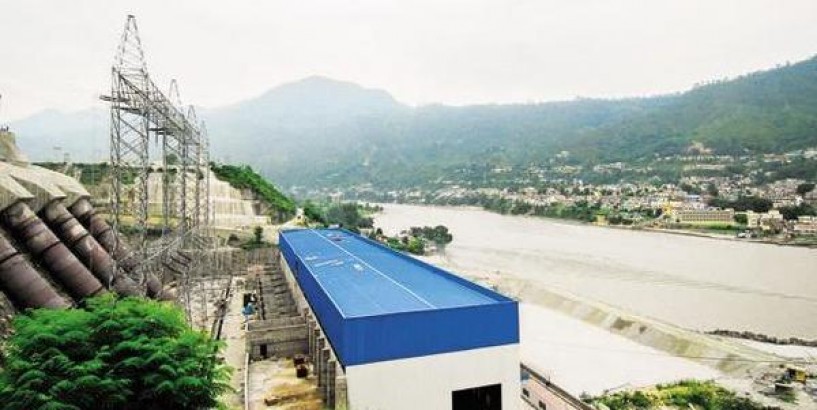NEW DELHI: The Cabinet Committee on Economic Affairs (CCEA) on Wednesday gave the green light to the 2,880 megawatts (MW) Dibang hydropower project in Arunachal Pradesh, approving a ₹ 1,600 crore pre-investment and clearance expenditure for the ₹ 28,080.35 crore strategic project.
The move is part of the National Democratic Alliance (NDA) government’s focus on the northeastern region.
Mint reported on 12 June that the power ministry planned to seek the CCEA’s approval for pre-construction activities for the project, as part of the proposed 100-day action plan for the second term of the Narendra Modi government and is strategically important for the country.
India and China have been at loggerheads over the diversion of the Brahmaputra river, which originates in Tibet. Accelerating hydroelectric projects such as Dibang would give user rights to India even as it explores a diplomatic option.
“The Dibang Multipurpose Project (Dibang MPP) is envisaged as a storage based hydroelectric project with flood moderation as the key objective.... After implementation of the master plan of the Brahmaputra Board for flood moderation of all rivers contributing to river Brahmaputra, of which Dibang MPP is one component, a sizable area will be protected from flooding and help in mitigating the perennial damage due to floods in Assam," the government said.
The renewed focus on India’s largest hydropower project, delayed in the face of local opposition, comes against the backdrop of the government’s Act East policy with its message of development. The government has been pushing an economic agenda, especially with respect to long-pending infrastructure projects, keeping in mind the future geo-economics of the region. The NDA government has also substantially increased budgetary support for the northeastern region.
“The estimated completion period for the project shall be nine years from receipt of government sanction," the government said.
The foundation stone for the project was laid by Prime Minister Manmohan Singh in January 2008. However, the public hearing required by law before an environmental impact assessment report is prepared, could not be held because of protests by local residents. “On completion, the government of Arunachal Pradesh will get 12% free power from the project, 1,346.76 MU. About 1% free power, 112 MU, will be given in the Local Area Development Fund (LADF). The total value of benefit to Arunachal Pradesh from free power and contribution to LADF will be ₹ 26,785 crore over the project life of 40 years," according to the statement.
This comes at a time when the government has been focusing on developing critical infrastructure in the region. These include the new Greenfield Pakyong Airport in eastern Sikkim and the Bogibeel bridge over the Brahmaputra that will boost defence logistics along the China border and reduce travel time for rail passengers and road users.
“The approval of anticipated expenditure on pre-investment activities and various clearances shall enable payment towards compensation for land acquisition and R&R activities ( ₹ 500.40 crore) to project affected families and state government, payment of net present value of forests, compensatory afforestation, catchment area treatment plan to the state government for forest lands, to secure forest clearance (stage-lI) and construction of roads and bridges for accessing project site," the government said.
Japan has also joined hands with India to aggressively develop infrastructure projects in northeastern states. As part of the strategy that is also being viewed as an attempt to contain China, an India-Japan Coordination Forum for Development of North East has been set up to focus on strategic projects such as connectivity and road network development, electricity and disaster management.
The Bharatiya Janata Party (BJP) had promised to pay special attention to the region in its election manifesto. “There will be special emphasis on massive infrastructure development, especially along the Line of Actual Control in Arunachal Pradesh and Sikkim," the BJP manifesto said.









